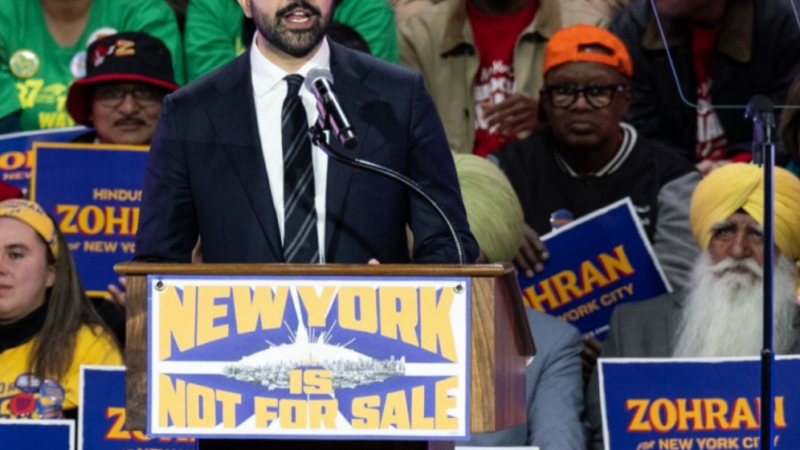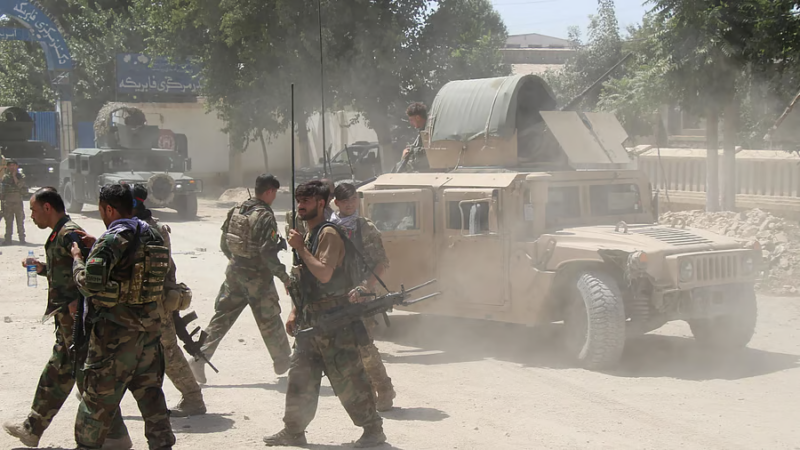Why Pakistan’s “problem province” is still Balochistan
Pakistani security forces Wednesday (March 20) repulsed a militant attack on a complex outside its strategic port of Gwadar in Balochistan province, Reuters reported. Eight militants and two soldiers were killed in the attack, with separatist group Balochistan Liberation Army (BLA) claiming responsibility.
Balochistan, the largest Pakistani province, is sparsely populated and impoverished when compared to the rest of the country. At the same time, its location as well as abundance of natural resources, especially oil, make it strategically vital for Pakistan.
The province has been the site of a series of bloody insurgencies, brutal state repression, and an enduring Baloch nationalist movement since 1948.
At the time of independence, the province comprised the chiefdoms of Makran, Las Bela, Kharan and Kalat, the tribal chiefs of which had sworn allegiance to the British. The chief of Kalat was the most powerful chief, with the rest owing feudal allegiance to him.
As British withdrawal from the subcontinent drew closer, Ahmed Yar Khan, the last ‘Khan’ of Kalat, began openly advocating for an independent Baloch state. He hoped that his personal friendship with Muhammad Ali Jinnah would help him secure his own state rather than accede to Pakistan. And on August 11, 1947, his vision seemed to fructify when Pakistan signed a treaty of friendship with him — instead of forcing him to accede.
However, the British, wary of Soviet expansion into the region, were vehemently against this, wanting Kalat’s accession to Pakistan instead. What further complicated matters was that the three feudatories of Kalat all wanted to accede to Pakistan. Thus, by October 1947, Pakistan changed its tune and began pushing for accession.
Things finally came to a head when on March 17, 1948, the Pakistan government decided to accept the accession of Kalat’s three feudatory states, leaving Kalat landlocked and with less than half its landmass. Moreover, rumour broke on the All India Radio that Khan actually wanted to accede to India. This prompted the Pakistan Army to move into Balochistan on March 26, 1948. The chief signed the treaty of accession a day later.
The ink on the accession treaty had not fully dried when protests broke out. In July that year, Khan’s brother, Prince Abdul Karim rebelled against the accession agreement, starting the first of five Baloch “wars of independence” — fought in 1948, 1958–59, 1962–63 and 1973–1977, and currently ongoing since 2003.
These insurgencies have been brutally dealt with by Pakistani forces, who have been accused of committing numerous atrocities. There have been reports of abductions, torture, arbitrary arrests and executions levelled at the forces. An Amnesty International report from 2011 spoke about Pakistani forces’ ‘kill and dump’ strategies, wherein personnel — often in uniform —- pick up activists, teachers, journalists and lawyers, torture them for information, then shoot them and dump their bodies.
While it is hard to put an exact number to casualties afflicted on Baloch nationalists and innocent civilians, even conservative estimates put it at tens of thousands since 1948. According to NGO Voice for Baloch Missing Persons, around 5,228 Baloch people have gone missing just in the period between 2001 and 2017.
However, Baloch nationalist groups and insurgents have themselves been accused of human rights violations, including the attempted ethnic cleansing of non-Baloch people living in the region.
In recent years, Baloch nationalist organisations such as Baluch Liberation Front and BLA have grown close to Islamist organisations including the Tehreek-e-Taliban Pakistan (TTP) and the Islamic State. According to the ‘Pakistan Security Report 2022’ from the Pakistan Institute for Peace Studies, an Islamabad-based NGO, insurgents and their Islamist allies carried out 71 attacks, both inside and outside Balochistan in 2022 alone, mainly targeting security and military personnel.
So, why has this conflict persisted for such a long time? One fundamental reason is ethnic difference. People of Balochistan have a shared history, language and culture, and are very different from Punjabis or Sindhis.
Pakistan was formed on the basis of religion. However, skewed power relations among the different Muslim ethnicities was almost immediately visible. Punjabi landlords had an almost unchallenged hold over Pakistan’s bureaucracy. Ethnic differences were the cause of East Pakistan breaking away in 1971, and are also the driving force behind Baloch nationalism.
Exacerbating ethnic differences are deep economic and political grievances held by the Baloch people. The most recent struggle was actually spurred almost completely by a sense of economic alienation. Baloch nationalists argue that the Baloch people themselves do not enjoy the fruits of Balochistan’s abundant natural resources.
The construction of the China-backed Gwadar Port is in some ways symptomatic of the economic injustice faced by the Baloch population. Punjabi and Sindhi engineers and technical specialists were hired en masse for the project, despite extremely high levels of unemployment among the educated Baloch population. In recent years, Baloch militants have routinely targeted Chinese officials involved in the project.
The Pakistani government has itself blamed foreign actors, including India and Iran, as fomenting trouble in the region to destabilise the country. In 2016, Prime Minister Narendra Modi triggered an outcry in Pakistan when he mentioned Pakistan’s atrocities and repression of the Baloch people in his Independence Day speech. The Indian government, however, denies any surreptitious involvement in Balochistan.






